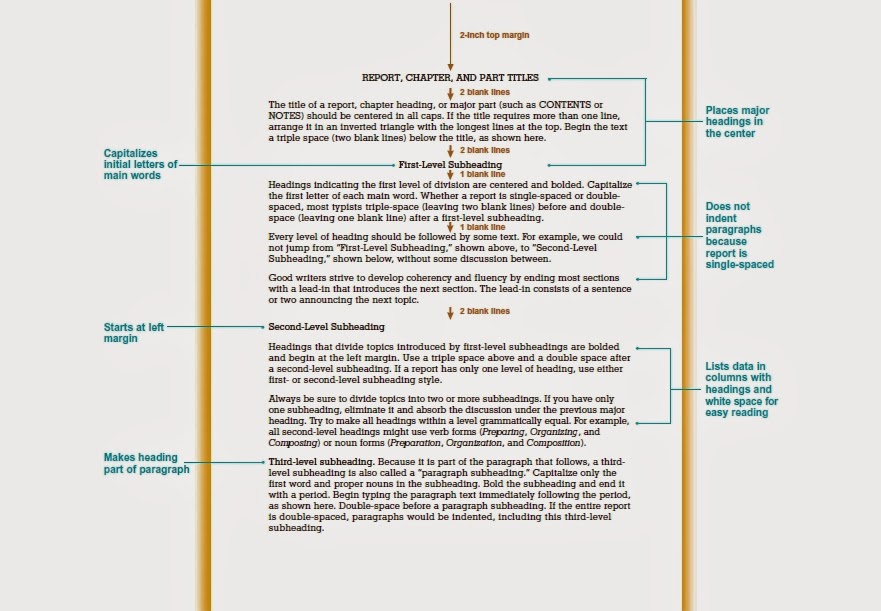A customized résumé emphasizes skills and achievements aimed at a particular job or company. It shows a candidate’s most important qualifications first, and it de-emphasizes any weaknesses. In organizing your qualifications and information, try to create as few headings as possible; more than six generally looks cluttered. Most writers consider including all or some of these categories: main heading, career objective, summary of qualifications, education, experience, capabilities and skills, awards and activities, personal information, and references.
1. Main Heading
Your résumé, whether it is chronological or functional, should start with a main heading that is as uncluttered and simple as possible. The first line of the main heading should always be your name; add your middle initial for an even more professional look. Format your name so that it stands out on the page. Following your name, list your contact information, including your complete address, area code and phone number, and e-mail address. Be sure to include a telephone number where you can receive messages.
2. Career Objective
Opinion is divided about the effect of including a career objective on a résumé. Recruiters think such statements indicate that a candidate has made a commitment to a career and is sure about what he or she wants to do. Career objectives, of course, make the recruiter’s life easier by quickly classifying the résumé. Such declarations, however, can also disqualify a candidate if the stated objective doesn’t match a company’s job description. A well-written objective—customized for the job opening—can add value to either a chronological or a functional résumé.
3. Summary of Qualifications
A summary at the top of your résumé makes it easier to read and ensures that your most impressive qualifications are not overlooked by a recruiter, who skims résumés quickly. Job applicants must often capture a recruiter’s attention in 20 to 30 seconds. A wellwritten summary of qualifications, therefore, motivates the recruiter to read further.
4. Education
The next component in a chronological résumé is your education—if it is more noteworthy than your work experience. In this section you should include the name and location of schools, dates of attendance, major fields of study, and degrees received. If you have attended college, you don’t need to list high school information on your résumé.
5 Work Experience or Employment History
When your work experience is significant and relevant to the position sought, this information should appear before education. List your most recent employment first and work backward, including only those jobs that you think will help you win the targeted position. A job application form may demand a full employment history, but your résumé may be selective. Be aware, though, that time gaps in your employment history will probably be questioned in the interview.
For each position show the following:
● E mployer’s name, city, and state
● D ates of employment (month and year)
● M ost important job title
● S ignificant duties, activities, accomplishments, and promotions
6. Capabilities and Skills
Recruiters want to know specifically what you can do for their companies. Therefore, list your special skills, such as Proficient in preparing federal, state, and local payroll tax returns as well as franchise and personal property tax returns. Include your ability to use the Web, software programs, social media, office equipment, and communication technology tools. If you speak a foreign language or use sign language, include it on your résumé. Describe proficiencies you have acquired through training and experience.
7. Awards, Honors, and Activities
If you have three or more awards or honors, highlight them by listing them under a separate heading. If not, put them in the education or work experience section if appropriate. Include awards, scholarships (financial and other), fellowships, dean’s list, honors, recognition, commendations, and certificates. Be sure to identify items clearly. Your reader may be unfamiliar, for example, with Greek organizations, honoraries, and awards; tell what they mean.
8. Personal Data
Today’s résumés omit personal data, such as birth date, marital status, height, weight, national origin, health, disabilities, and religious affiliation. Such information doesn’t relate to genuine occupational qualifications, and recruiters are legally barred from asking for such information. Some job seekers do, however, include hobbies or interests (such as skiing or photography) that might grab the recruiter’s attention or serve as conversation starters.
9. References
Listing references directly on a résumé takes up valuable space. Moreover, references are not normally instrumental in securing an interview—few companies check them before the interview. Instead, recruiters prefer that you bring to the interview a list of individuals willing to discuss your qualifications. Companies are more interested in the opinions of objective individuals who know how you perform professionally and academically.



